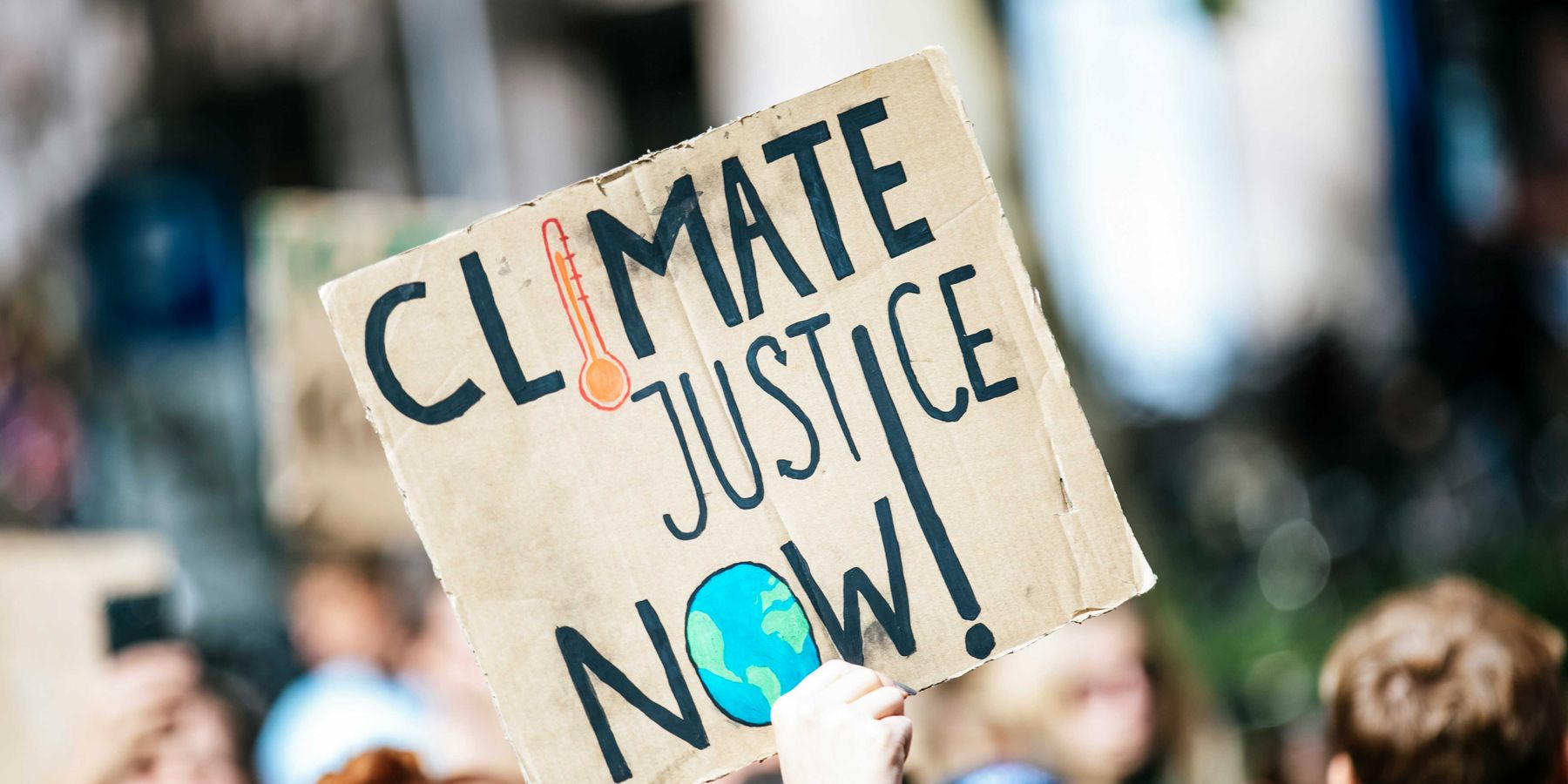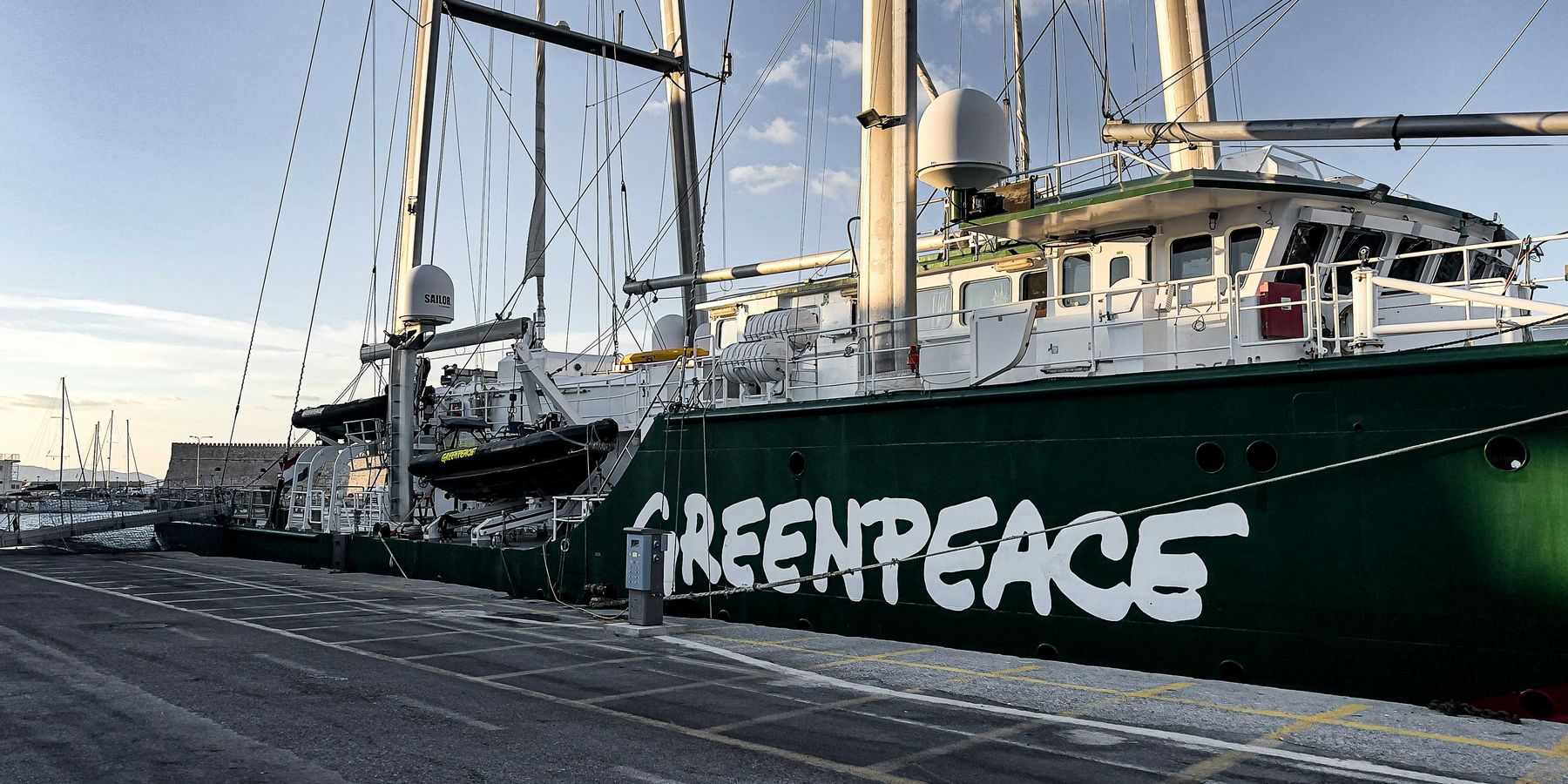Lack of climate data leaves Colombia and Venezuela vulnerable after deadly rains
Deadly landslides and floods in Colombia and Venezuela triggered by late June rains have revealed major gaps in climate science for tropical regions in the Global South.
Rosie Frost reports for Euronews.
In short:
- A study by World Weather Attribution found no clear link between climate change and recent deadly rainfall in Colombia and Venezuela, citing high uncertainties due to limited data and complex tropical systems.
- Both countries face frequent weather disasters, but insufficient climate monitoring and underinvestment in research leave them poorly equipped to predict and prepare for future events.
- Scientists call the lack of climate modeling in low-income tropical nations a "scientific injustice," pointing to unequal access to research tools and funding compared to wealthier countries.
Key quote:
“Yet again, we’ve studied an extreme rainfall event in a Global South country and come up with unclear results. This is a scientific injustice.”
— Dr. Joyce Kimutai, research associate at the Centre for Environmental Policy, Imperial College London
Why this matters:
Tropical regions like Colombia and Venezuela are among the most climate-vulnerable places on Earth, yet they’re also the least studied. Limited data and research funding make it harder to understand whether extreme events are becoming more intense or frequent, leaving communities unprepared and at risk. Informal housing on unstable slopes, the result of poverty and past displacements, increases the likelihood of deadly outcomes when heavy rains strike. As climate extremes worsen globally, countries with fewer resources — despite contributing the least to global emissions — face the brunt without the tools to forecast or adapt. The imbalance not only deepens existing social and environmental inequities but also weakens global understanding of how climate change behaves across diverse ecosystems.
Read more: Climate-driven heat waves and pollution imperil health in Global South













